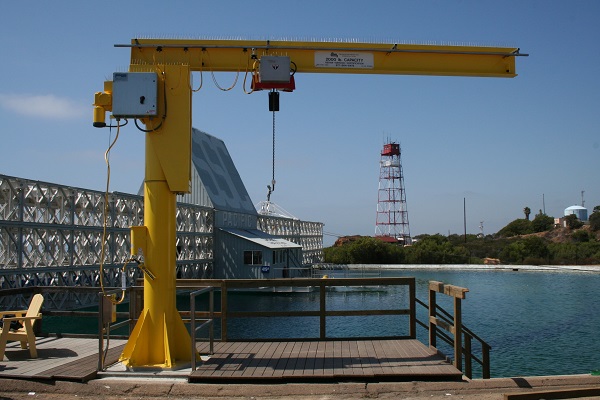When it comes to lifting equipment, the jib cranes are probably the most commonly used lifting machines. Armed with a moveable chain hoist, wire ropes, drum and a horizontal jib, these cranes are usually fixed either to a pillar or on walls. The jib cranes are perfect for lifting and lowering different loads with medium weights. What makes them to be widely used, is their ability to work in tight and confined areas. They are versatile machines and perfect solutions for many lifting applications. These lifting machines are capable to increase the work flow by lifting various items quickly and efficiently. There are different jib cranes on the market, and you need to choose the right model for your application. In order to choose the right jib crane, consider the following things:

Capacity – The first thing you need to determine is the lifting capacity. Usually, the lifting capacity of the crane is always higher than its weight. Determine what is the maximum weight that needs to be lifted in order to choose the right jib crane. This way, you will be sure that the job will be completed without injuries or accidents.
Boom rotation – When it comes to the boom rotation, there are several jib cranes on the market from which you can choose. You can choose between free standing and wall mounted jib cranes. The free standing jib cranes can rotate up to 360°, while the wall mounted jib cranes up to 180°. Have in mind the place where you will install the jib crane.
Jib cranes height – This is the distance measured from the floor to the boom, and it can be:
- Height under boom – which is self-explanatory
- Total height – the distance to the highest point.
Under boom height – Under boom height is the distance from the floor to the underside of the jib crane boom. This height will determine what type of hoist should be used for your application.
Jib boom outreach – The jib boom height can be:
- Hook reach – the distance to the farthest point of the lifting load.
- Boom span – the distance to the boom tip.
Installation – When it comes to installation, the jib cranes can be quite different. For example, the free standing cranes must be erected onto a concrete foundation or onto a reinforced, substantially thick concrete slab. On the other hand, the wall mounted cranes are usually installed against steel columns like hollow structural tubing, wide flange beam, walls and even monolithic concrete columns.











